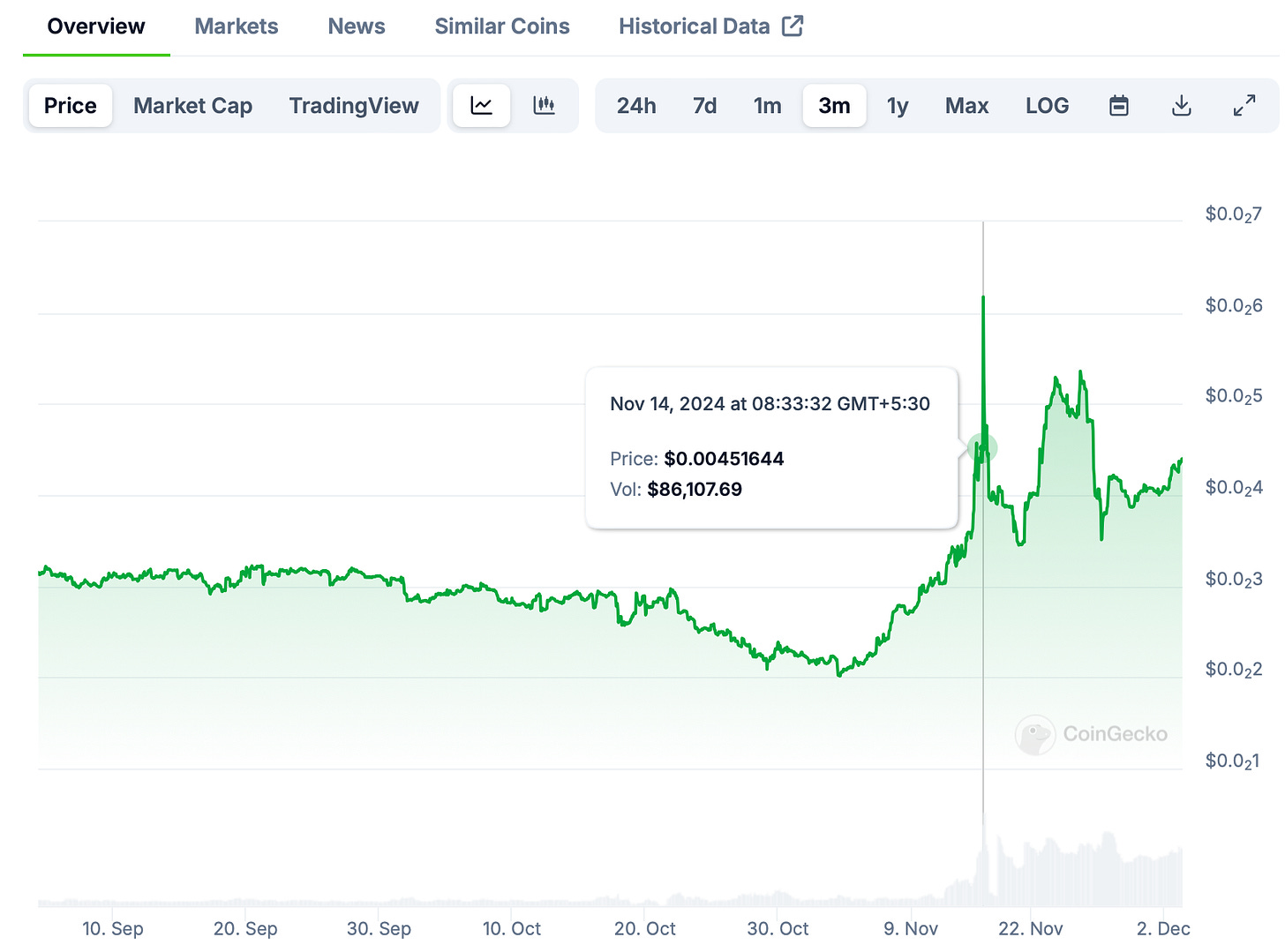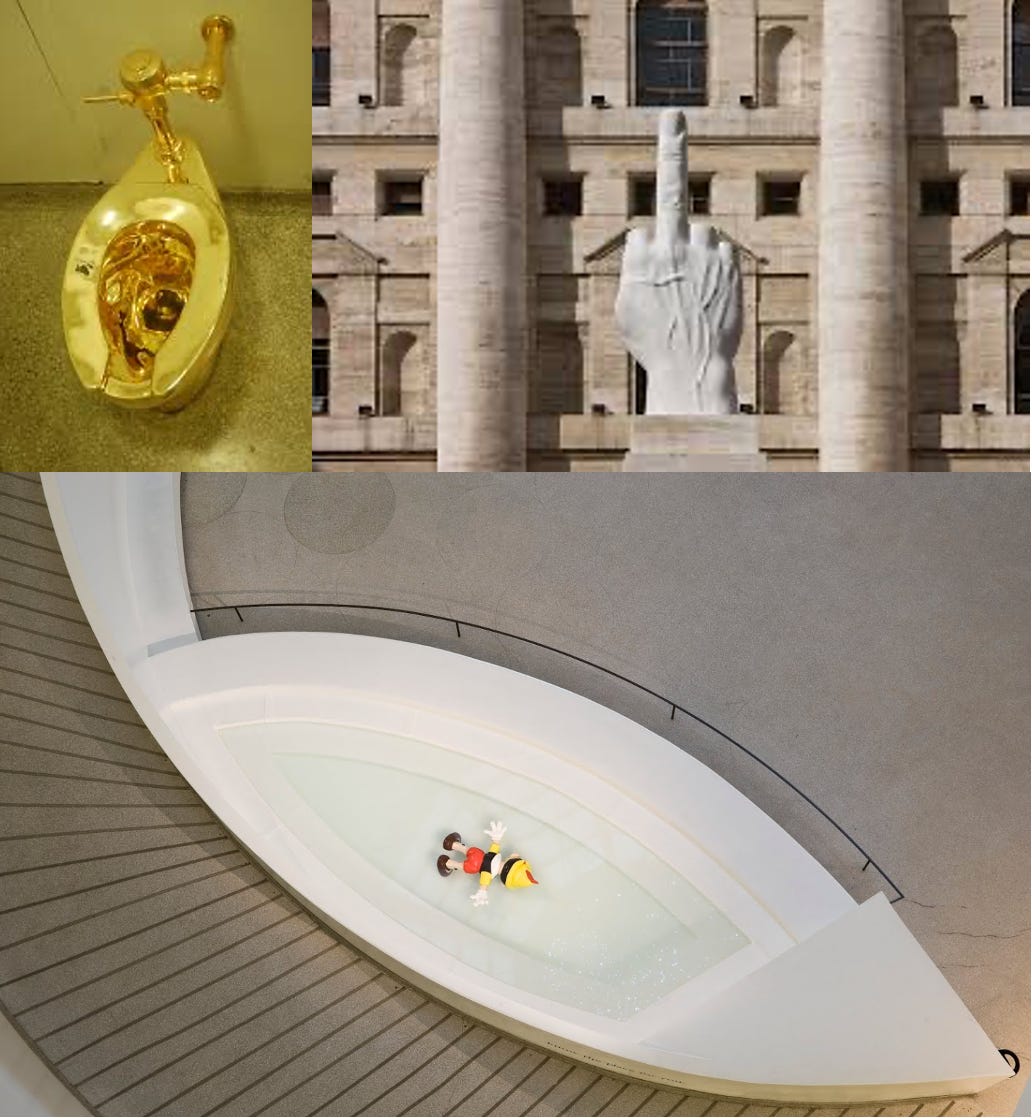As disturbing as it is to admit after watching the young man on My Strange Addiction pull out hair from strangers’ bathtub drains and fondle it, all humans are 99.9% the same in as far as nuclear DNA goes. There are other factors of course that go into making each one of us unique—the environment, epigenetic factors, even the gut microbiome affects who we are… and then of course there is the mitochondrial DNA or mtDNA, which is inherited directly from the mother. mtDNA (not surprisingly) primarily affects metabolism and energy production inside of cells, which in turn affects how we age—but it also affects susceptibility to a bunch of diseases with appropriately maternal sounding disease names like MELAS, MERRF, and MNGIE—all of which just goes to show you that if it’s not one thing, then it’s almost always your mother. (mtDNA makes much noise?)
But coming back to nuclear DNA, while a solid argument can be made about the hair-fondling-guy being completely bananas, in reality we share only about 60% of our nuclear DNA with the actual banana, and that can either seem like too much, or too little now depending on how you look at it.
An Art of the Banana—The Main Story |
Unless you were living under a fruit orchard, you can’t not have heard about “Comedian”, a “conceptual” “art”“work” by the artist Maurizio Cattelan.
Cattelan bought a common Dole banana from a Bangladeshi immigrant’s fruit stand in the Bronx for 35 cents, added some duct tape, and sold what became the banana to a Justin Sun, a Chinese cryptocurrency entrepreneur for an astounding 5.2 million USD! Sun has also bought other expensive artworks in the past including Picasso’s more traditional Femme nue couchée au collier, and this NFT of a starry-eyed rock, which he paid 600,000 USD for….
.… thus completing (in my estimation) the triptych—Rock, Paper, Banana:
(Image generated using ChatGPT)
On 2nd December 2024, Su finally ate the multi-million dollar banana: “It’s much better than other bananas. […] It’s really quite good,” he is reported to have said after consuming the two-week old stale fruit. Going forward, the “art”“work” will be “restored” with some other banana on an “as-needed” basis, the moral of all this being that if you are rich enough and if you are bullish enough, then you can eat your banana and have it too.
An Art of the Banana—the Side Stories |
Like any good story, this one also has many side stories e.g. a Sotheby’s employee hedged his bets on the auction by launching an entire cryptocurrency in its anticipation, and based on the spike in the ticker chart for $BAN right before the sale, he was one smart bookie.
Yet another side story is about one of the people who lost the auction… a one Mr. Theodore Bi who had he won, had intended to gift the banana to Elon Musk for whom it was (alas) not to Be.
Lastly here are some of Cattelan’s previous “art”“works”—America (2016), L.O.V.E (2010), and Daddy, Dady (2008):
Footnote: At the end of the day, it doesn’t matter how many air quotes I pompously use to describe Cattelan’s “art”“works”, because he just sold a banana for 5.2 million USD, and I was struggling this morning to decide if living longer by buying organic bananas was worth the extra price.
Banana Republics |
O. Henry was a favorite writer growing up because his short stories had the most delightfully unexpected endings, and wikipedia tells me that it was also he who coined the term—Banana Republic. O. Henry used it way back in his 1904 book Cabbages and Kings to describe the countries of Guatemala and Honduras, which were then largely controlled by US corporations like the United Fruit Company (now known as Chiquita). The term also describes countries in which a few business people and politicians control most of the money and power—an oligarchy in other words. Or a failed-state-of-sorts in other, other words.
(Side note: it is equal parts amazing and frightening to see how uniform and completely unblemished every banana sold in every US supermarket is.)
And although the term Banana Republic is often used to describe countries that are moving towards becoming banana republics rather than countries in which the term has actually come to fruition, there is little denying that the entire world is becoming one giant banana republic in which the rich people and the rich countries are only getting richer, and the gap between the haves and the have-nots, like our universe, is expanding at not just a rate, but at an accelerated rate.
Also speaking of gaps, I used to work for one—The GAP in another lifetime, and with all the negative connotations, I never understood why they had chosen Banana Republic as the brand name for their premium range, but be that as it may, fact remains that—there are no gaps in the theory of evolution, there are no revolutions in the gap, and any which way one looks at it, this is the age of the bananas.









Excellent!